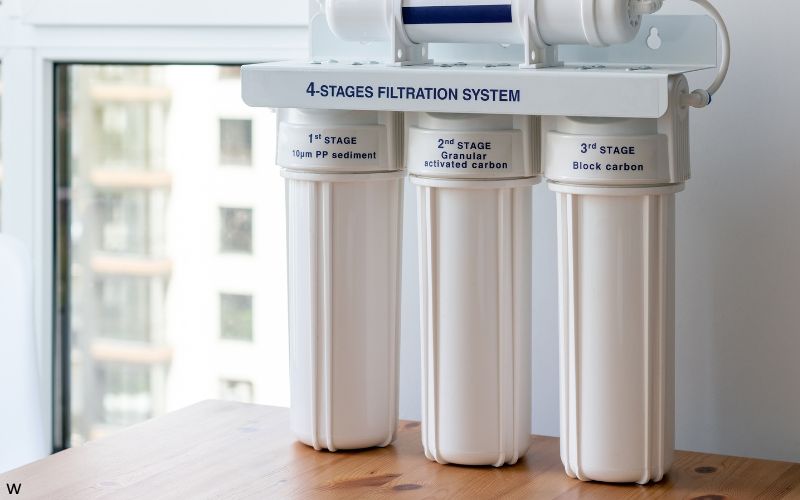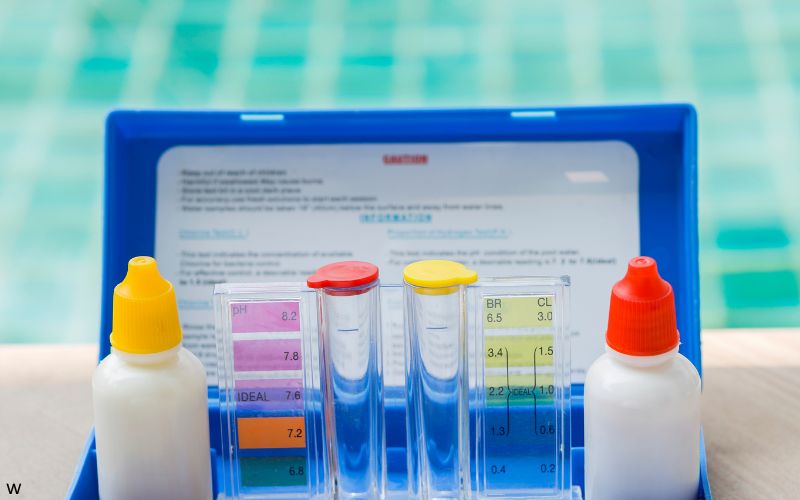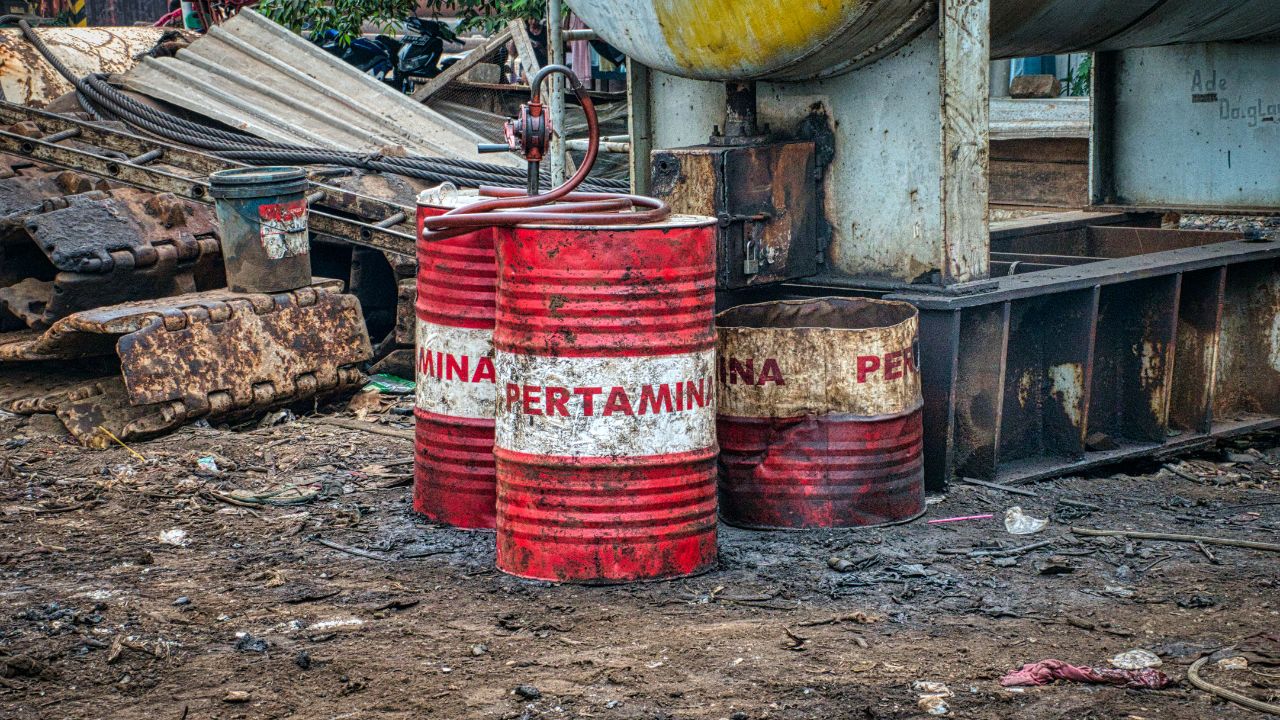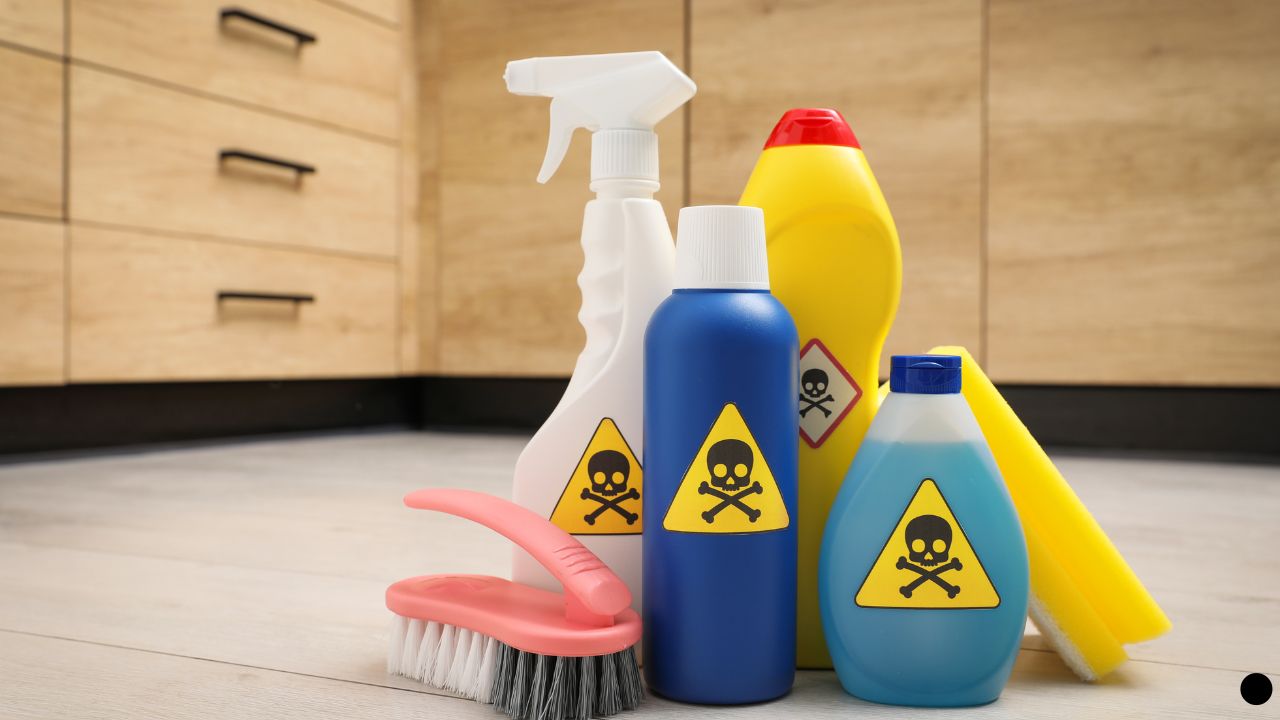Houston Water Quality at a Glance
major concerns
Is Houston Water Safe to Drink?
Generally Yes, With Significant Caution – Houston’s water system meets federal standards and serves 5.5 million people across the region. However, arsenic levels are 516-528 times higher than health guidelines, and chromium-6 is detected at 34 times safe levels. Additional concerns include elevated disinfection byproducts from chlorine treatment and aging infrastructure causing massive water losses. Recent testing shows PFAS contamination in nearby Texas water systems.
⚠️ Key Concerns for Houston Residents
- Arsenic Contamination: Detected at 8 ppb maximum, averaging 2.3 ppb – levels 516-528x higher than health-based guidelines
- Chromium-6: Toxic metal detected at levels 34x higher than EWG safety guidelines; not currently regulated by EPA
- Disinfection Byproducts: Elevated levels of TTHMs and haloacetic acids from chlorine treatment increasing cancer risk
- Infrastructure Issues: System lost 31.8 billion gallons in 2023 due to aging pipes; lead contamination possible from old plumbing
- PFAS Risk: While not yet detected in Houston, nearby Texas systems exceed EPA limits; monitoring ongoing
Read the full report below for detailed analysis, contamination data, and actionable recommendations for Houston residents.
Houston – Texas – Water Quality Report 2025: PFAS Testing, Infrastructure Concerns & Safety across your city
Houston manages a vast water system that serves over 5.5 million residents across the greater Houston region, drawing from both surface and groundwater sources. The city’s drinking water technically meets federal safety standards, but contains contaminants that raise significant concerns among health experts. While the City of Houston works diligently to maintain water quality, aging infrastructure and environmental factors continue to present serious challenges.
Houston Public Works has achieved a “Superior Water Supply System” rating from the Texas Commission on Environmental Quality (TCEQ), the highest water quality rating awarded to a water utility. Nevertheless, recent testing has identified contaminants such as arsenic at levels 516-528 times higher than health guidelines, chromium-6 at 34 times safe levels, lead, and emerging PFAS concerns, prompting many residents to use filtration systems for essential protection.

Houston Water Quality: Current Status (2024-2025)
Latest Testing Results
- Compliance Status: Houston’s water system currently meets all federal and state safety standards according to the U.S. EPA’s latest quarterly assessment (April-June 2024). However, meeting legal standards doesn’t necessarily mean the water meets the latest health guidelines, which haven’t been updated in nearly 20 years.
- Arsenic Levels: The highest detected concentration of arsenic in Houston’s main system was reported at 8 parts per billion (ppb), with an average of 2.3 ppb. While within EPA’s regulated threshold of 10 ppb, these levels are 516-528 times higher than what health experts consider safe (EWG guidelines recommend 0.004 ppb).
- Lead Concerns: Recent testing found that 10% of samples analyzed for lead in Houston were at 4 parts per billion. The 90th percentile result in some areas like Belleau Woods reached 10 ppb. While this is within federal compliance, the EPA and CDC acknowledge there is no safe level of lead for children.
Water Sources and Treatment
- Surface Water: About 85% of Houston’s water supply comes from surface water sources: the Trinity River flowing into Lake Livingston, and the San Jacinto River feeding Lake Conroe and Lake Houston.
- Groundwater: The remaining 15% of the city’s water supply comes from over 40 deep underground wells drilled into the Evangeline and Chicot aquifers.
- Treatment Process: Houston employs a multi-step water treatment process including coagulation, flocculation, sedimentation, filtration, and chloramine disinfection. The city operates multiple treatment facilities across the region to serve its vast service area.
Water Quality Monitoring
- Real-time Systems: Houston uses real-time monitoring systems at numerous locations to detect potential contaminants in raw water resources, though the aging infrastructure presents ongoing challenges.
- Regulatory Oversight: Houston’s water is monitored under the guidelines of the Safe Drinking Water Act, with the Texas Commission on Environmental Quality (TCEQ) providing state-level oversight. The city participates in EPA’s Unregulated Contaminant Monitoring Rule (UCMR5) testing for PFAS and other emerging contaminants.
- Independent Testing: Environmental groups including the Environmental Working Group (EWG) have conducted independent testing that identified concerning levels of contaminants far exceeding their health-based guidelines, with some contaminants hundreds of times above recommended levels.
Emerging Concerns
While Houston hasn’t yet reported PFAS violations, nearly 50 Texas water systems now exceed EPA’s new PFAS limits as of 2024. PFAS contamination has been identified in areas around the San Jacinto River, making it likely present in Houston’s water supply. These “forever chemicals” are used in everything from non-stick cookware to firefighting foam and have been linked to various serious health issues including cancer and developmental problems.
Recommendations for Houston Residents

Use Water Filters
Given the significant contamination levels, water filtration is strongly recommended for Houston residents. Look for NSF-certified filters designed to remove arsenic (reverse osmosis systems), lead (NSF Standard 53), chromium-6, and PFAS (NSF P473 or reverse osmosis). Multi-stage filtration systems provide the most comprehensive protection.

Test Your Home’s Water
Given Houston’s documented water quality issues, having your tap water tested is essential, especially if you live in an older home or area with known infrastructure problems. Request testing for arsenic, lead, chromium-6, PFAS, and disinfection byproducts from certified laboratories.

Update Plumbing Fixtures
If you live in a home built before 1986, replacing older faucets and fixtures is crucial as they may contain lead. Houston Public Works has been actively replacing lead service lines, but private property plumbing remains the homeowner’s responsibility. Look for fixtures labeled “lead-free” that comply with current standards.

Flush Your Pipes
If water hasn’t been used for several hours, run cold water for 1-2 minutes before using it for drinking or cooking. This is especially important in Houston given the documented lead levels and aging infrastructure that may have absorbed contaminants overnight or during periods of non-use.

Stay Informed
Review Houston’s annual Consumer Confidence Report and monitor UCMR5 testing results published quarterly by Houston Public Works. Check the Environmental Working Group’s Tap Water Database for independent assessments. Given Houston’s infrastructure challenges, staying updated on water advisories and boil-water notices is essential.
Quality News About Your Water
Get the comprehensive water quality news coverage you need with our dedicated US Water News Service. From coast to coast, we deliver in-depth reporting and expert analysis on PFAS contamination, EPA regulatory changes, infrastructure developments, and emerging water safety issues affecting communities nationwide. While mainstream media only covers the biggest stories, we provide the detailed, ongoing coverage that helps you understand the full scope of America’s water challenges. Whether you’re a concerned citizen, water professional, or community leader, our daily updates and analytical insights keep you informed about the issues that matter most to public health and environmental safety.
Frequently Asked Questions
Is Houston’s tap water safe to drink?
Legally, Houston’s tap water meets all federal and state safety standards. However, these standards haven’t been updated in nearly 20 years, and contaminants like arsenic are present at levels 516-528 times higher than what health experts consider safe. For maximum safety, especially for vulnerable populations like children, pregnant women, and those with compromised immune systems, using a quality water filter is strongly recommended.
Why is Houston water sometimes discolored?
Discoloration in Houston tap water can occur due to Houston’s aging infrastructure, which lost 31.8 billion gallons in 2023 due to leaks and breaks. Yellow or brown water is often caused by sediment, corroded pipes, or oxidized iron in the water system. While usually not harmful, it indicates maintenance issues. Houston Public Works is working to replace aging infrastructure, but the process will take years.
What type of water filter is best for Houston water?
For Houston’s specific contamination profile, reverse osmosis systems are most effective as they remove arsenic, chromium-6, PFAS, and other contaminants of concern. Look for NSF-certified systems that address multiple contaminants: NSF Standard 53 for lead, NSF Standard 58 for arsenic and chromium-6, and NSF P473 for PFAS. Many Houston households benefit from point-of-use reverse osmosis for drinking water and whole-house filters for chlorine and sediment.
Does Houston add fluoride to the water?
Yes, Houston adds fluoride to its drinking water as a public health measure to help prevent tooth decay. The level is maintained at approximately 0.7 milligrams per liter (mg/L), which is the optimal level recommended by the U.S. Public Health Service. However, the fluoride added is not pharmaceutical-grade but industrial byproducts from phosphate fertilizer production, which some residents prefer to filter out using reverse osmosis systems.
Contaminants of Concern

Arsenic
Source: Naturally occurring in groundwater; can also come from industrial and agricultural runoff, fertilizer production
Health Effects: Linked to skin damage, circulatory problems, cardiovascular disease, diabetes, and significantly increased cancer risk with long-term exposure
Current Levels: Average of 2.3 ppb with peaks up to 8 ppb – levels 516-528x higher than EWG health guidelines (0.004 ppb) EPA Limit: 10 ppb

PFAS Chemicals
Source: Industrial applications, firefighting foam at airports and military sites, non-stick cookware, stain-resistant products, and consumer goods manufacturing
Health Effects: Linked to reduced vaccine effectiveness, developmental effects, liver damage, thyroid disease, kidney cancer, testicular cancer, and pregnancy complications
Current Status: Detected in areas around San Jacinto River; 49 Texas water systems now exceed EPA limits; Houston participates in UCMR5 monitoring with results published quarterly

Lead
Source: Primarily from older lead service lines, lead solder, and plumbing fixtures in homes built before 1986; more than 100 Houston schools reported elevated lead levels in 2023
Health Effects: Developmental delays, learning difficulties, behavioral problems in children; kidney problems, high blood pressure, and reproductive issues in adults
Current Levels: 10% of samples at 4 ppb; some areas like Belleau Woods up to 10 ppb (90th percentile) EPA Action Level: 15 ppb, though no amount is considered safe

Chromium-6 & Disinfection Byproducts
Source: Chromium-6 from industrial processes; DBPs formed when chloramine disinfectant reacts with naturally occurring organic matter
Health Effects: Chromium-6 linked to cancer and organ damage; DBPs increase bladder cancer risk and cause pregnancy complications
Current Status: Chromium-6 detected at 34x EWG safety guidelines; elevated TTHMs and haloacetic acids throughout Houston’s system exceeding health recommendations
Please read – our information
The information presented on cleanairandwater.net is compiled from official water quality reports, trusted news sources, government websites, and public health resources. While we strive for accuracy and thoroughness in our presentations, we are not scientists, engineers, or qualified water quality professionals.
Our mission is to present water quality information in an accessible, real-world format that helps people understand what’s in their water and make informed decisions about their health and safety. We believe that complex environmental information should be available to everyone in a format that’s easy to understand.
We make every effort to ensure our content is current and accurate, but we cannot guarantee that all information is complete or error-free. This website should not replace official communications from your local water utility or health department. We always recommend consulting official sources for the most up-to-date information regarding your specific water system.
Clean Air and Water is not liable for any unintentional errors, omissions, or outdated information. The content on this site is provided for informational purposes only and should not be considered professional advice.

